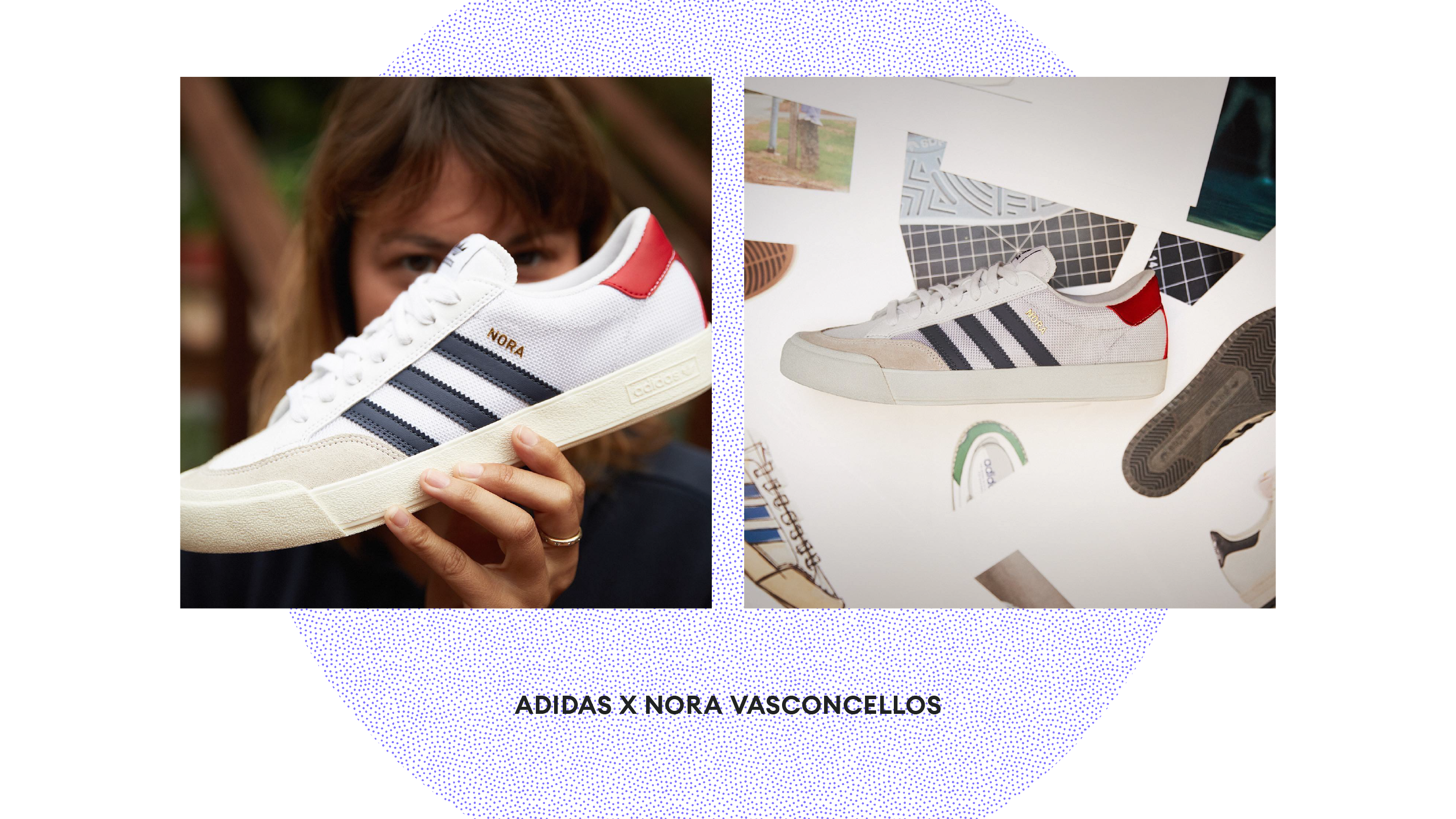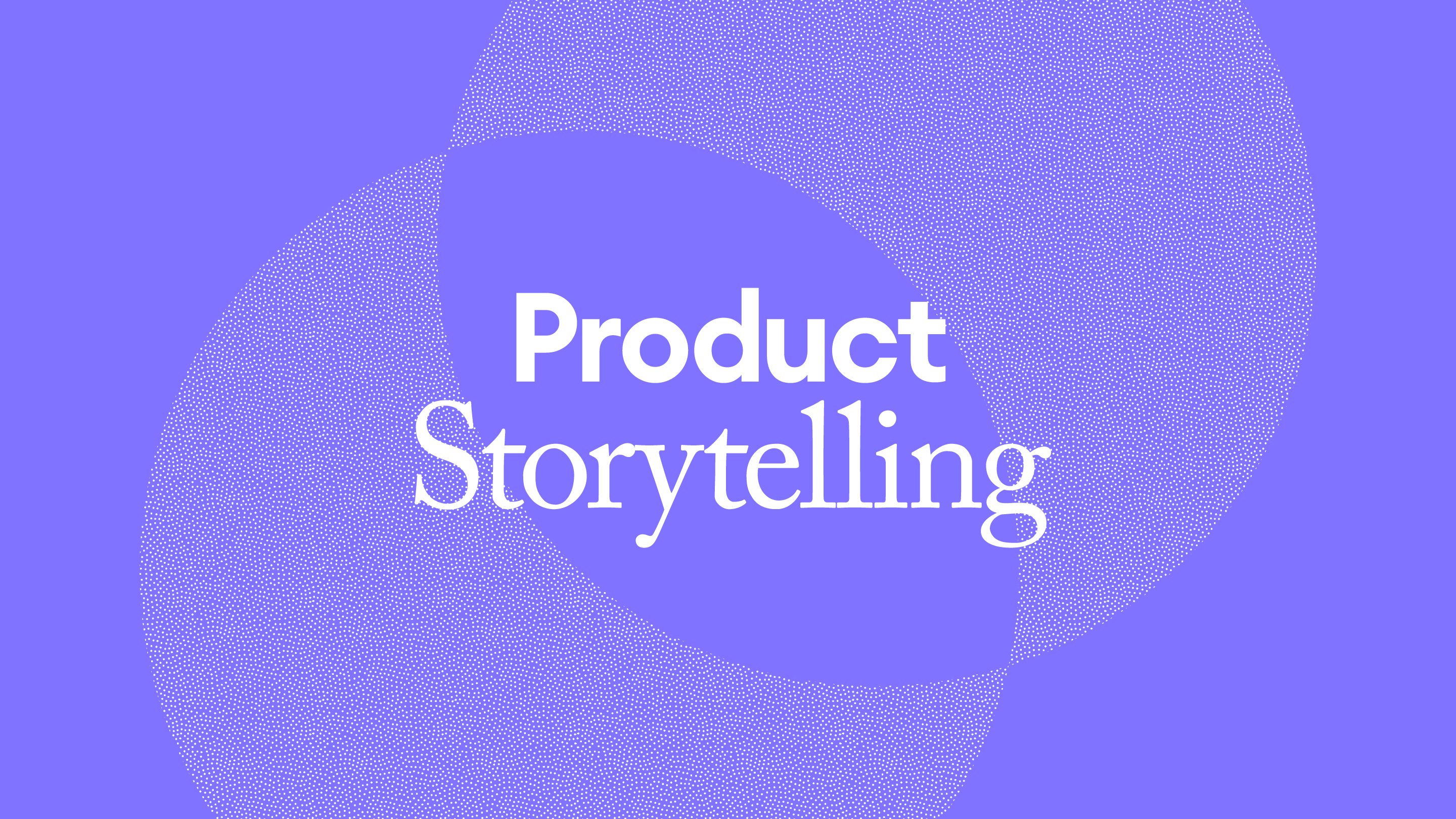We know this by now: audiences connect to humans and stories. And behind every one of your products, there’s both. When your marketing and product teams are closely intertwined, capturing the most interesting narrative arcs gets easier—you become more efficient at sharing why people should care about the products you spent years designing and developing—and can really unpack why they deliver on their promises.
Here’s how to weave those two teams together to drive conversion and brand affinity.
Make your marketing team your product development documentarians
Sure, once design is finalized, a copywriter or marketer can read your tech pack and turn it into a decent campaign. But hearing from designers and developers in real time as a product takes shape adds depth and context to customer-facing communication.
Truth be told, your product works because it’s grounded in all the ways it didn’t originally work—be that the wrong fabric, fit or functionality. When your marketing team witnesses the many iterations it takes to reach the end result, they have a better understanding of the entire product development process. That holistic knowledge of each design decision empowers them to clearly explain the value of features that made the cut.
Who’s doing it well?
KOTN’s recent campaign takes their community back to the early days of their journey to rethink the classic white tee—and shows the lengths their team went to in reconsidering the manufacturing process from the cotton field up.

Get real-time pulse checks
Your product teams are likely making expensive decisions every week. Marketing teams are your direct line to your customer—communicating to them on a daily basis, learning what they’re responding to (and what they’re not), and absorbing their lifestyle and values. Exchanging those timely insights with fast-moving product teams helps justify decisions around colours, styles or unmet needs in the market. Your marketing team can get you in-the-moment feedback with social polls, surveys to your email database, or even tapping your loyal customers to weigh-in on future collections.
Who’s doing it well?
Women-owned outdoor brand Alder Apparel teamed up with Danner to release a hiking boot—and invited the Alder community along with them on the creative journey. The brands offered up a $25 credit to shop the collection in exchange for feedback—giving their product teams actionable insights while incentivizing customers to come back once the new styles launched.
Unmet sales targets lead to the Arc’teryx Nuclei Jacket being pulled off the shelf, but three years later the Arc’teryx climbing team was still requesting one-off versions for themselves. The brand’s design team decided to plan a resurrection—and through a close alliance between their brand ambassadors, marketing and design teams, they delivered a story grounded in real end-user experiences that felt significantly more authentic and memorable than a typical product launch.

Spot brand-propelling collaborations early
When your marketing and brand teams exchange ideas before a product is even in development, it opens the doors for creative partners, athletes or ambassadors to lend their distinct tone to a capsule collection or hero product. Done well, these partnerships can forge a line of communication to thousands of new customers. When marketing and product workflows are in sync, they level up the foresight and execution that yield the best results from external partnerships—and drive major brand awareness.
Who’s doing it well?
Adidas teamed up with team skater and artist Nora Vasconcellos on their first-ever female signature model from adidas Skateboarding. Marketing and product worked together to give us a behind-the-scenes look inside Nora’s creative process—drawing in her fanbase to see how she put her spin on classic adidas styles, and making them feel more closely connected to the collection.

Your brand and your community benefit when marketing and product teams work in synergy from ideation through to launch. Product education gets more entertaining and in-depth. Your messaging feels more human and relatable. The intention and thought that goes into your products gets the spotlight it deserves. Should we start rearranging the desks now?







